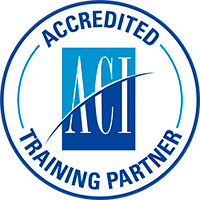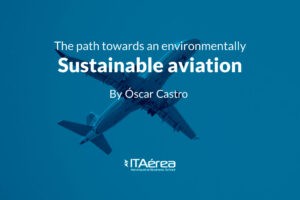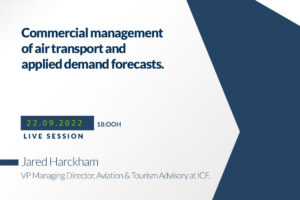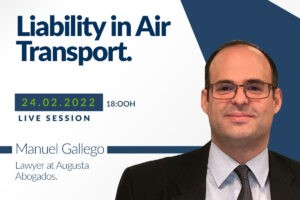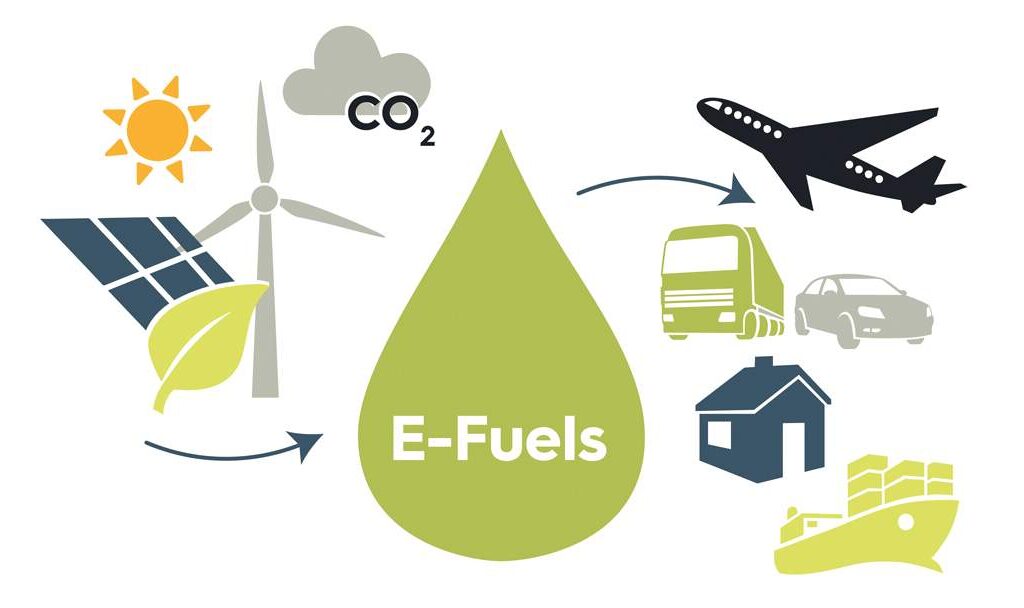
Power-To-Liquid, what are E-Fuels
News
By Florian Ricardo Stangl
First Officer at Canaryfly
MATSM Alumni of 2021
In October 2021 the first industrial production site for E-Kerosene was opened in the Emsland region in norther Germany, run by the organisation “Atmosfair”. Lufthansa Cargo, as the first Airline worldwide, committed to buy 25.000 litres of its E-Fuel yearly, for the next five years.
Índice
What are E-Fuels, or E-Kerosene?
E-Kerosene, corresponds to the wider group of E-Fuels, also called synthetic advanced fuels, or synfuels. They are part of the so-called Sustainable Aviation Fuels (SAF). Synfuels are produced from carbon dioxide and green hydrogen. The CO2 can be obtained from a process called Direct Air Capture (DAC), or from industrial off gases.
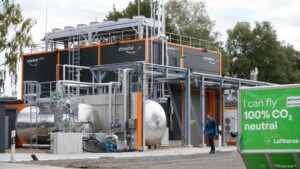
The technology being employed is called Power-to-Liquid (PtL). It works with the use of renewable electricity and a chemical process, similar to the one from which conventional biofuel can be gained, called Fischer-Tropsch Synthesis.
The gained liquid is no different in its structure than fossil fuel. It can be later refined into different subtypes, such as normal gasoline, Diesel, or Kerosene (JET A1).
Thus, it can be used in any normal combustion engine, i.e., today’s aviation engine technology, plus also for land and maritime transport. In this sense it serves as a drop in fuel, same as SAF from biogenic origin, as no modifications to existing infrastructure needs to be made.
It is a very promising technology which is in its primal steps. With the first commercial plant producing E-Kerosene in northern Germany the path towards industrial deployment has been paved. New production sites are planned to be opened in other countries in the coming years.
For the produced E-Kerosene to be sustainable, large quantities of green electricity are needed. This electrical power must be from renewable sources, otherwise the produced E-Fuel is not green, but would just leave a negative emissions footprint, if the used electrical energy would origin from coal, or other fossil energy sources.
In the coming decades with the increasing use of renewable electricity in Europe and the rest of the world we will have the opportunity to produce practically emission free fuel for the conventional combustion engine, without modification to existing infrastructures. The e-fuel produced through the Power-to-Liquid technology has an emission reduction factor of practically 100%, being almost carbon neutral.
The development of alternative propulsion systems, such as the ones powered by hydrogen or electrical energy will take considerable time of over a decade until they are ready for market entry. The latter technologies are as of now only able to function on a very small scale, not being appropriate for commercial air transport.
Therefore, in the coming years, the Power-to-Liquid technology should be further developed and the focus for industrial deployment of SAF should be on feedstock of biological or waste origins, while the cost for the Power-to-Liquid process is reduced.
Biofuels are already widely available and are experiencing a strong increase in production and deployment. All major stakeholders (Airlines, Airports, etc.) have already committed and ordered large quantities of Sustainable Aviation Fuels to be able to meet decarbonisation targets in the following years.
The first flight with SAF in Spain dates, back to October 2011, when Iberia operated its first flight fuelled by drop in SAF from Madrid to Barcelona on an Airbus A320 airframe. The Spanish flag carrier, being part of the wider IAG Group, was the first to commit to carbon neutral aviation on the continent by 2050, targeting a 10% share of SAF on its flights for 2030.
There is a proposal for a regulatory framework which demands the progressively increasing uptake of SAF, including synthetic advanced fuels, through 2030, and beyond.
This progressive uptake of SAF, including e-fuels is to be mandated in the 2021 published, “ReFuelEU” initiative. This new regulatory framework is part of the European Unions “Fit For 55” project. The share of SAF is targeted at 2% for 2025, increasing to 5% of uptake in 2030. Within this framework, by 2030 the uptake of E-Kerosene is targeted at 0,7 %.
“Fit for 55” aims to reduce the continents greenhouse gas emissions by 55% by 2030, compared to 1990 levels.
This is one of the intermediate steps for Europe to be climate neutral by 2050.
The regulatory proposal from July 2021 is aimed to be implemented as a regulation twelve to eighteen months after its publication, i.e., the second half of 2022.
Most recently the governments of 35 European countries and over 150 aviation industry stakeholders, have come together to sign the Toulouse Convention putting the focus on decarbonising aviation and meet the FitFor55 target for 2030. SAF plays in important role in this ambition.
It remains to be seen if E-Kerosene will be further deployed, same as it is being already the case for Biofuels.
Especially fuelled through the COVID-19 pandemic, the aviation industry has noticed it must build back better after the crisis and accelerate its decarbonisation.
It is clear that the transformation has just started and it will not get stopped by any means as a solid regulatory framework has been laid in recent years, and major stakeholders inside, but also outside of Europe are committing towards aviation’s green transition.
CONTACT info@itaerea.com +34 968 966 885 TEACHERS TRAINING
